Samsung Galaxy Tab S7 FE vs. S7 Plus: Which tablet is better for you?
Let's try and help you figure out the right Galaxy tablet for you.
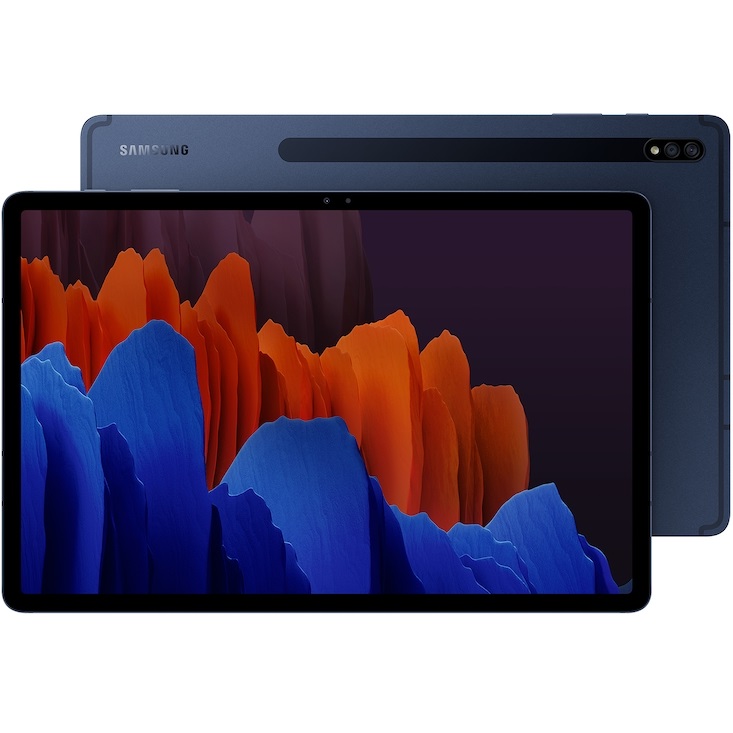
Unmatched performance
The Galaxy Tab S7 Plus is truly only rivaled by the new iPad Pro for its power, gorgeous display, and laptop-replacing tools. Its 865+ chip is still robust by today's standards, especially if you shell out for 8GB of RAM. While incredibly thin and lightweight for its size, it's still best used with two hands or a desk stand. If you can afford it, this is the Android tablet for you.
For
- Snappy Snapdragon 865+ speeds
- More colorful AMOLED screen with twice-as-fast refresh
- Twice the speakers for powerful audio
- Better selfie cam for video calls
- Higher standard RAM and max storage
- Includes S Pen
Against
- Costs much more (especially for 5G)
- Keyboard cover is more expensive
- Only two more years of software updates
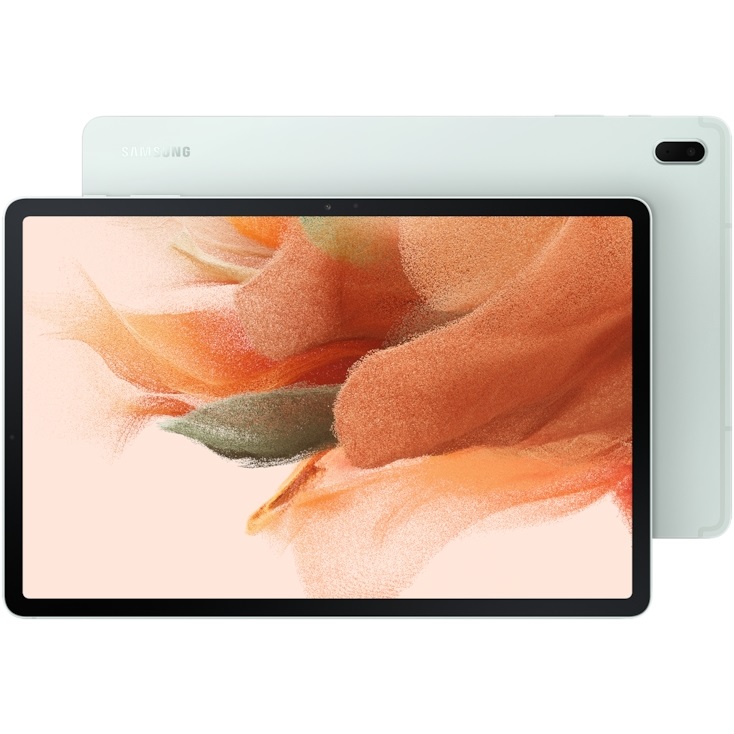
A massive, mid-range slate
Samsung's "Fan Edition" tablet is presumably for frugal fans who want a plus-sized screen without the inflated price. Slightly cheaper than the smaller S7, the S7 FE makes some significant spec compromises to cost much less than the S7 Plus. It still can handle DeX mode and most Android apps with ease while lasting 13 hours or more, but you'll have to accept a downgraded display and processor.
For
- More affordably priced, particularly for 5G
- Will get one extra software update
- Solid display resolution
- Long-lived battery
- More colorful options
- Includes S Pen
Against
- 4GB/64GB base variant
- No RAM/storage upgrades to 5G version
- Only a 60Hz LCD
- Outdated Snapdragon chipset
- No fingerprint login
Our Galaxy Tab S7 Plus review called it the "best Android tablet money can buy," and it's hard to argue that anything's changed. No other premium Android or Chromebook tablet managed to come close to its robust performance or gorgeous display. Not until a year later, when Samsung released a new tablet with the same screen size and battery performance, for over $300 off the list price.
The Galaxy Tab S7 FE can't match up against the S7+ in specs, but there are a few reasons to at least consider the FE over Samsung's flagship tablet. Let's break down the Galaxy Tab S7 Fan Edition versus the beefy S7 Plus.
Samsung Galaxy Tab S7 FE vs. S7 Plus: A middleweight in the ring with a heavyweight
The Galaxy Tab S7 FE clearly was built with the S7 Plus in mind. Both have a 12.4-inch display and identical 10,090mAh batteries. While the FE is slightly thicker (0.02in) and heavier (0.07lb), they'll feel the same in your hands: massive and unwieldy. Neither of these slabs is portable, but you can invest in the 11-inch Galaxy Tab S7 if that's a problem for you.
Despite the similarities, they're outweighed by the massive differences between them. The S7+ trounces the S7 FE in performance, visual quality, sound, camera quality, security — almost every relevant metric. There's no contest, and it makes the Fan Edition look a bit deficient by comparison.
| Header Cell - Column 0 | Samsung Galaxy Tab S7 FE | Samsung Galaxy Tab S7 Plus |
|---|---|---|
| Operating System | Android 11One UI 3.1.1Future updates to Android 14 | Android 11One UI 3.1.1Future updates to Android 13 |
| Display | 12.4 inchesTFT (WQXGA) LCD2560x1600, 16:10 aspect ratio60Hz refresh rateHDR10+ | 12.4 inchesSuper AMOLED2800x1752, 16:10 aspect ratio120Hz refresh rateHDR10+ |
| Processor | Qualcomm Snapdragon 750G | Qualcomm Snapdragon 865+ |
| Memory | 4GB / 6GB / 8GB | 6GB / 8GB |
| Storage | 64GB / 128GB / 256GB1TB expandable storage via microSD card slot | 128GB / 256GB / 512GB1TB expandable storage via microSD card slot |
| Rear Camera 1 | 8MP primary | 13MP primary |
| Rear Camera 2 | None | 5MP ultra-wide |
| Front Camera | 5MP | 8MP |
| Battery | 10,090mAh | 10,090mAh |
| Charging | 45W wired charging | 45W wired charging |
| Audio | 2 stereo speakers w/ Dolby Atmos | 4 stereo speakers w/ Dolby Atmos |
| S Pen | Included | Included |
| Security | Face Unlock only | In-screen fingerprint sensor |
| Dimensions | 185 x 285 x 6.3mm | 185 x 285 x 5.7mm |
| Weight | 608g | 575g |
| Colors | Mystic Black, Mystic Silver, Mystic Pink, Mystic Green | Mystic Black, Mystic Silver, Mystic Bronze |
Now that we have the obvious out of the way — the S7 Plus is better — the question is how much better it is in practice. For instance, the S7 Plus speakers are "surprisingly loud and sound fantastic for sitting in such a thin device," according to our reviewer. But despite its downgrade to two stereo speakers, the S7 FE sounded "pleasing at max volume with no distortion" with "satisfyingly punchy bass" and decent range in our tests. It's inferior, sure, but not deficient in any way.
So on that note, how noticeable are the S7+'s advantages, and will the S7 FE make do for people who can't afford the Plus?
Samsung Galaxy Tab S7 FE vs. S7 Plus: A middleweight in the ring with a heavyweight
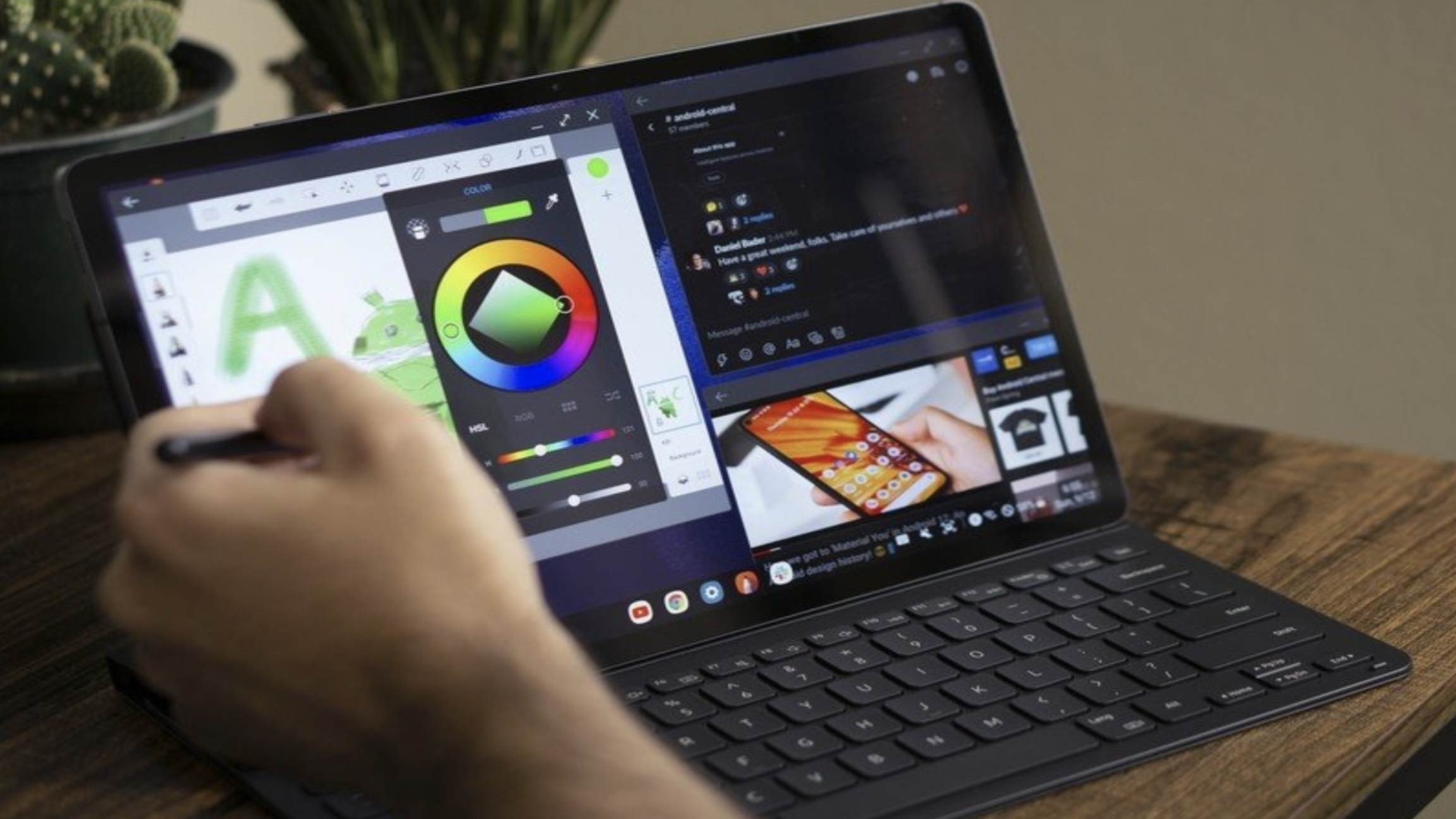
Qualcomm's Snapdragon numbers typically speak for themselves: the higher the number, the better the performance. But for a more specific Snapdragon 750G vs. Snapdragon 865+ comparison, Nanoreview provides a thorough breakdown. The 865+ crushes the 750G in CPU and gaming performance, with the latter only holding its own in battery life performance.
This isn't surprising, considering the 750G was built for mid-range phones like the Samsung Galaxy A52 5G, while the 865+ sits in flagships and gaming phones like the Note 20 and ASUS ROG Phone 3. The Galaxy Tab S7 FE is a mid-range tablet with the performance and RAM to match, while the S7 Plus doesn't hold anything back.
Both tablets recently received an update to One UI 3.1.1 (based off of Android 11), with multitasking tools originally made for Samsung's Galaxy Z Fold 3 foldable. The update lets you use any app in pop-up or split-screen windows, helping you make better use of the 12.4 inches of screen real estate.
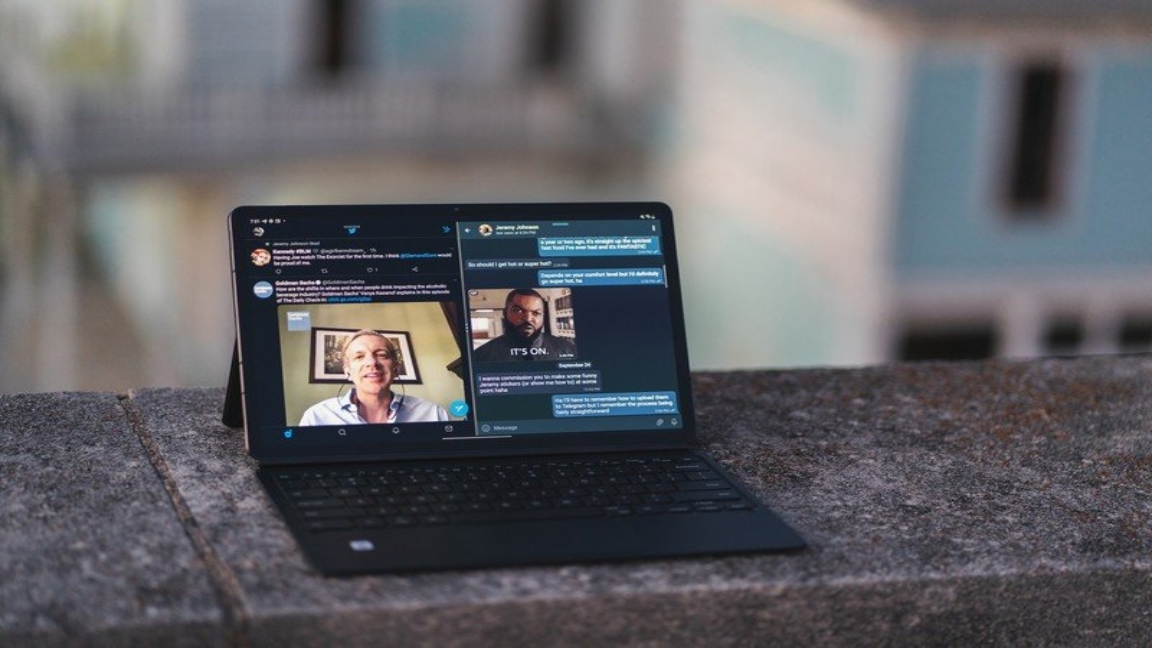
If that isn't enough for you, the Samsung DeX mode turns your Samsung tablet into a portable desktop, where you can slot three or four apps onto the screen at once. Android on tablets is generally a lackluster experience because most apps aren't optimized for the larger screen; DeX mode lets you see more information on screen instead of wasting a ton of space.
While the Galaxy Tab S7 FE worked in DeX mode during our tests, using a few apps at once would frequently trigger low memory warnings thanks to its 4GB of RAM and a less advanced chipset. That'll never be an issue on the S7 Plus.
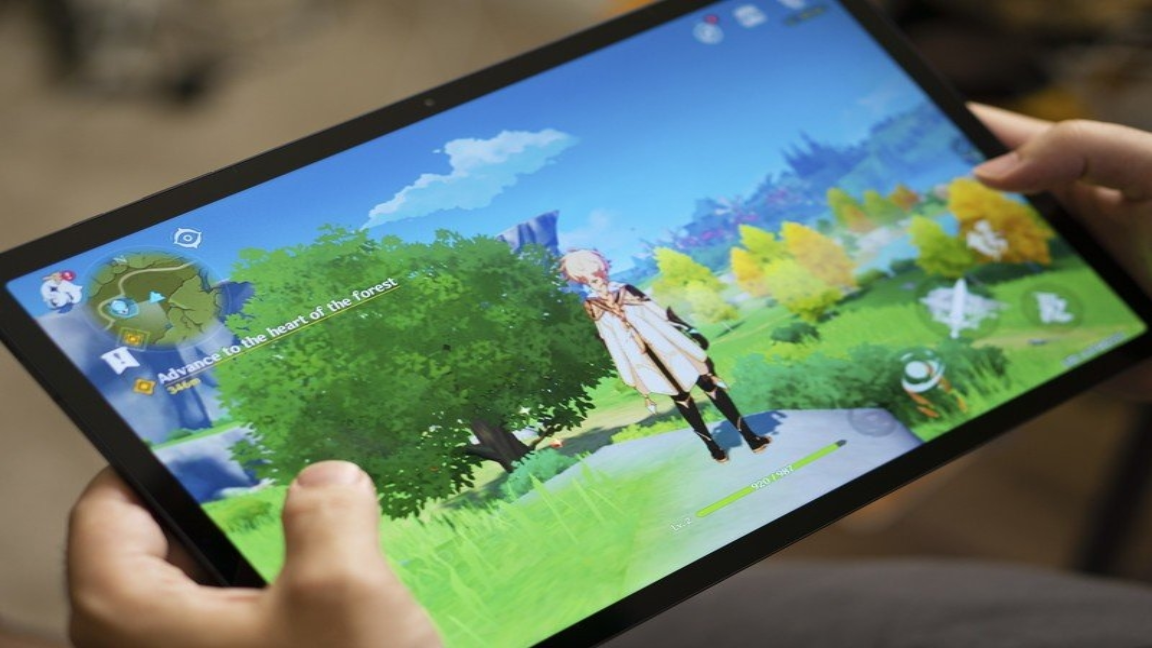
If you only foresee yourself using one or two apps at a time, the Fan Edition tablet should work just fine for most apps — especially if you upgrade to the 6GB variant. But you'll undoubtedly see some delays in the UI and loading times compared to the S7 Plus, and when it comes to demanding Android games like Genshin Impact, the FE can only handle it on lower graphical and FPS settings.
With the S7+, rest assured that its chipset and memory can handle any of the best Android games you throw at it. Your question will be whether or not you want to game regularly on either of these tablets. No matter how lightweight, both tablets are a bit unwieldy to hold. Because the screen is so large, your palms may accidentally touch the display as you stretch your thumbs to reach certain buttons. It's nice seeing your games so blown up and clear, but a slightly smaller tablet may end up better for regular gaming. It comes down to personal preference.
If the S7 FE has one advantage here, it started with Android 11 out of the box. The 2020 Galaxy Tab S7 Plus ran Android 10 out of the box, and its final update will be Android 13 in 2023 — not very long for an expensive device. Buy the S7 FE, and it'll get Android 14 in 2024. Longevity matters!
Samsung Galaxy Tab S7 FE vs. S7 Plus: Displays and battery life
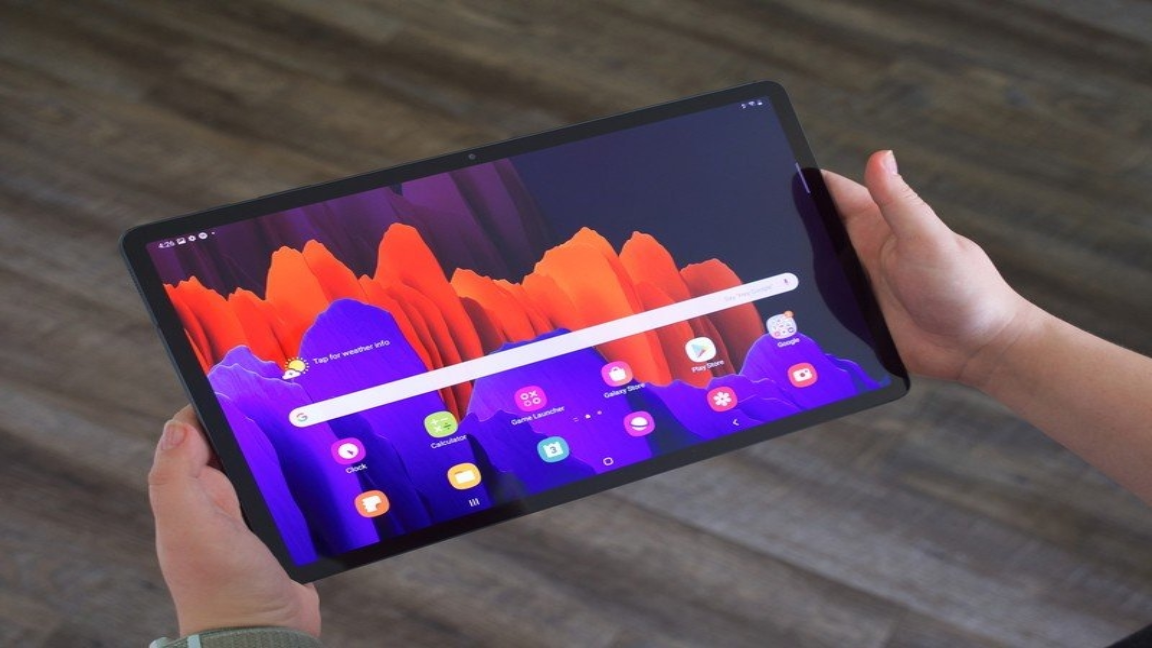
The comparison between these two tablets' displays is relatively straightforward. Both tablets have 12.4-inch displays with 16:10 aspect ratios, but the S7 Plus has a slightly higher resolution at 2800x1752 vs. 2560x1600. The S7 FE remains fixed at a boring 60Hz refresh rate, while the S7 Plus hits an industry-leading 120Hz. And the Plus uses Super AMOLED display tech, while the Fan Edition sticks with a standard LCD.
Again, it's evident that the S7 Plus wins this battle. But unlike the performance breakdown, the S7 FE doesn't come across badly here. Its pixel-dense resolution looked genuinely great in our tests, and you won't notice its lower refresh rate unless you're already used to something faster. If it has one downside, it doesn't seem to get particularly bright, so it's not well-equipped for outdoor use.
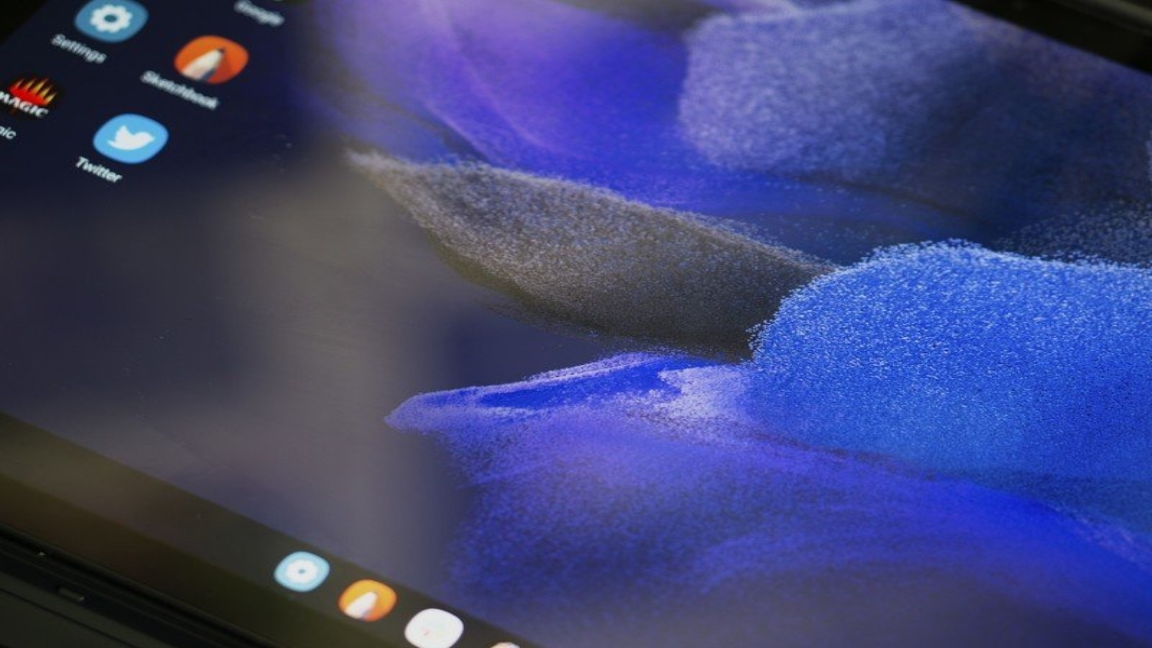
By contrast, the S7 Plus did seem to get bright enough to handle direct sunlight better. More importantly, its AMOLED display translated into "incredible color reproduction," according to our reviewer (who is a photographer). As for its 120Hz refresh rate, that'll look smooth-as-heck when gaming or streaming, but at the expense of the S7 Plus's battery life.
Both devices have identical 10,090mAh batteries rated to last about 13 to 14 hours with regular use or a full day with heavy use. During our review, the Galaxy Tab S7 FE didn't lose a step on the Galaxy Tab S7+, fully living up to Samsung's marketing. Considering how much cheaper the Fan Edition is, it's nice to see that Samsung didn't compromise in this crucial category.
Samsung Galaxy Tab S7 FE vs. S7 Plus: Which should you buy?
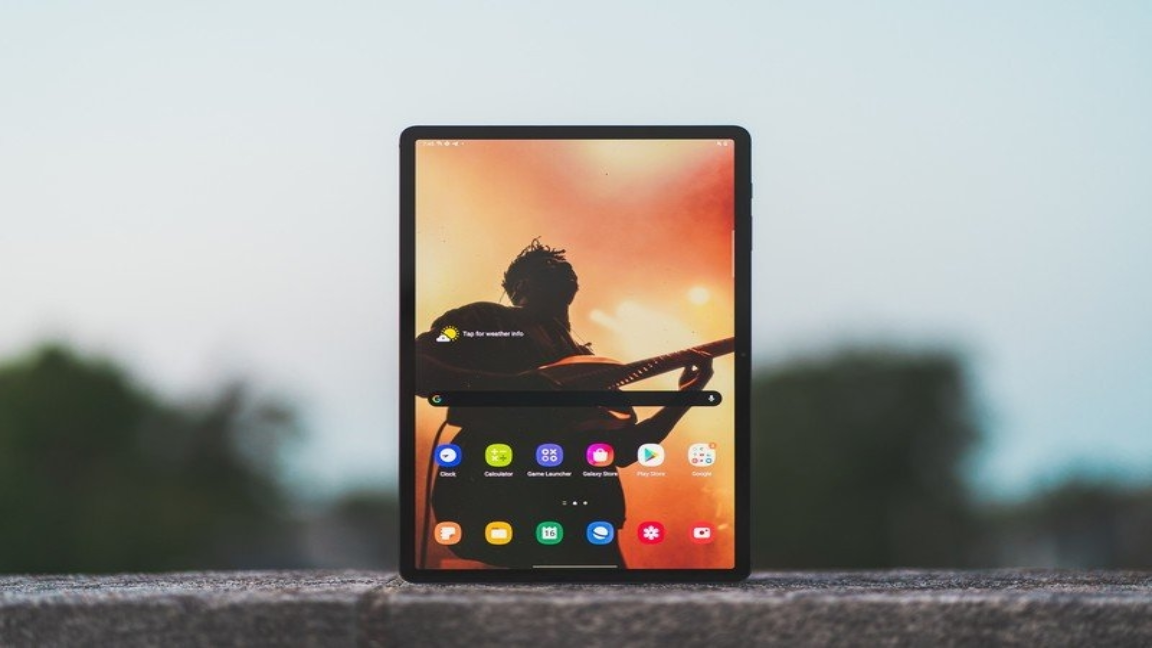
Both of these tablets made our list of the best Android tablets. But if it isn't obvious by now, the Galaxy Tab S7 Plus is the undisputed winner of the two. You may not want to pay for it, though.
The Samsung Galaxy Tab S7 FE costs significantly less than the S7 Plus, at least when both are full price. As of publication, Samsung is selling the premium tablet at a major discount, making it very tempting if the Fan Edition is too lightweight for you. For typical pricing at different memory configurations, check our table below:
| Category | Galaxy Tab S7 FE | Galaxy Tab S7+ |
|---|---|---|
| 4GB/64GB Wi-Fi | $530 | N/A |
| 6GB/128GB Wi-Fi | $600 | $850 |
| 8GB/256GB Wi-Fi | $680 | $930 |
| 8GB/512 GB Wi-Fi | N/A | $1030 |
| 4GB/64GB 5G | $670 | N/A |
| 6GB/128GB 5G | N/A | $1,050 |
If you want a 5G tablet, Samsung only sells one configuration for both tablets. The 4GB FE tablet is very limited in performance but saves you nearly $400; with the 5G S7+, you're dropping a lot of money on a tablet with merely 6GB of RAM.
In our Galaxy Tab S7 FE review, we recommended buying the 6GB version. So you have to decide if all of the S7+ upgrades we mentioned — AMOLED colors, cutting-edge gaming specs, rich audio, a fingerprint sensor, and other improvements — are worth an extra $250. Technically, the S7 Plus will last one year less because of its older software; but frankly, its hardware seems more likely to be useable in three years than the S7 FE's, even if the software isn't as up-to-date.
You can also choose another Samsung tablet! If you can accept a small display size and battery reduction, the standard Galaxy Tab S7 gives you the CPU, memory, and software of the S7 Plus at a much lower price. Check our Galaxy Tab S7 vs. S7+ guide to learn more. Or you can wait patiently for the Galaxy Tab S8 lineup, currently rumored to launch this upcoming January.

Only its high price holds it back
If you see this tablet on sale, now's the time to snatch it up. Thin and light despite its wide display, the S7 Plus remains just as technically impressive as it was when it came out a year ago. Look here if you want a tablet for multitasking and productivity — or just a beautiful display for streaming.

A compromise pick
If you can't afford a flagship tablet but want a giant display that'll display multiple apps simultaneously, the S7 FE could be your best option that won't break the bank.
Be an expert in 5 minutes
Get the latest news from Android Central, your trusted companion in the world of Android

Michael is Android Central's resident expert on wearables and fitness. Before joining Android Central, he freelanced for years at Techradar, Wareable, Windows Central, and Digital Trends. Channeling his love of running, he established himself as an expert on fitness watches, testing and reviewing models from Garmin, Fitbit, Samsung, Apple, COROS, Polar, Amazfit, Suunto, and more.
